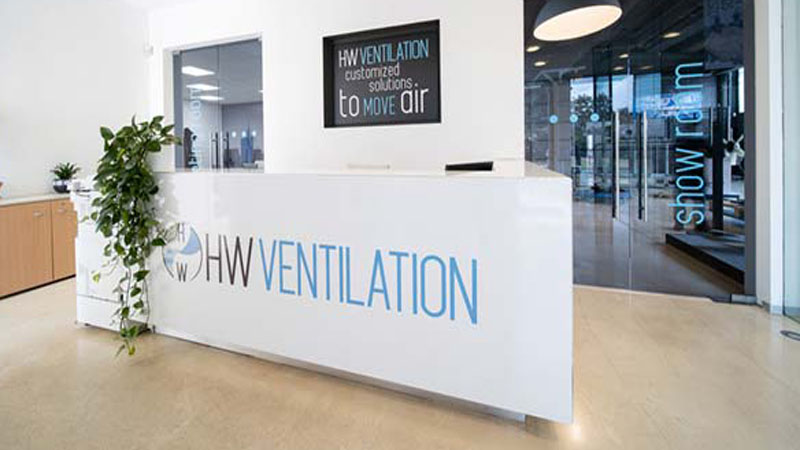Preparing engineering data for a custom product can be a lengthy and complex process. It typically involves an engineer copying existing 3D CAD models and updating dimensions, suppressing and un-suppressing features, and replacing components to meet the client’s specifications. Once the 3D CAD models have been updated, the drawings, BOMs, and cut lists also need to be created.
Design automation tools streamline this process by capturing and reusing design, process, manufacturing, and cost estimation knowledge to automatically create the documents and data required to sell and manufacture custom products.
Manufacturing businesses across all industries use design automation tools to increase efficiency, reduce errors, streamline workflows, and free up time for product innovation. And taking a look at some practical examples of design automation is a useful way of seeing how design automation tools deliver business benefits for manufacturers worldwide.
Practical Examples of Design Automation
1. Automated CAD Modeling

Computer-Aided Design (CAD) is integral to manufacturing and design automation tools such as DriveWorks, enable design engineers to automatically generate 3D models based on parameters they have set. This ensures consistency and compliance in design outputs and reduces errors.
2. Custom Product Configuration

Manufacturers of custom products see huge benefits from automation in product configuration. DriveWorks CPQ for Manufacturing has design automation built in, enabling manufacturers to design and sell customized products efficiently using rules-based technology. Manufcturers can automatically produce the sales and manufacturing documents and data for each custom variant. This enables shorter sales cycles and improves customer satisfaction.
3. BOM Generation

Design automation tools enable design engineers to automatically create BOMs without the need for additional manual input. This streamlines the workflow between the design and production teams, ensures designs are manufacturable, and frees up more time for product innovation.
4. Error Reduction

Because design automation tools work with rules and conditions set by design engineers, design revisions are automatically generated according to those pre-set parameters. This reduces the risk of error and improves accuracy.
5. Free Up Engineering Resource

Design automation tools free-up design engineers from time spent on repetitive design revisions. By automating what are often repetitive, time-consuming tasks, engineers are freed up to focus on more engaging tasks such as increasing throughput, solving custom design challenges, and improving existing products and processes.
DriveWorks Design Automation In Action
HW Ventilation Achieves 10x Faster Design Times Using DriveWorks Solo
HW Ventilation, based in Rescaldina Italy is a leading company in the ventilation and air movement systems industry. They design, produce and sell axial impellers and ventilators for industrial use. This includes engine cooling systems, compressors, industrial plants and HVAC systems.
Using DriveWorks Solo enables their engineers to automatically generate brand new SOLIDWORKS files and manufacturing data, such as bills of materials and 2D drawings, based on each individual form input.
Automating repetitive modelling tasks has enabled HW Ventilation to quickly generate 3D models of any type of fan, based on a set of standard variables, such as blade and hub types, fan diameter, material and color rotation.

“Our design process using DriveWorks Solo is 10 times faster than our previous manual process. Our engineers also don’t have to waste time making drawings and instead can focus their time on more rewarding projects.”
Matteo Morlacchi – Engineer at HW Ventilation
Design automation for SOLIDWORKS®
Powerful SOLIDWORKS® part, assembly, and drawing automation. Start your 30-day free trial today.